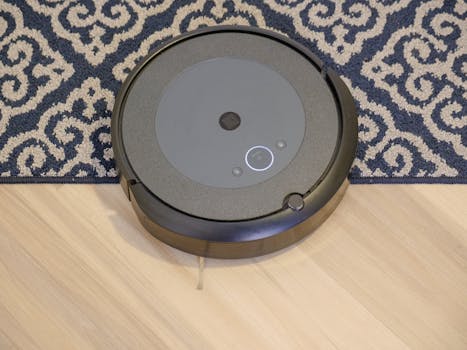
Smart Homes and Smart Living: The Technological Transformation of European Homes by 2025
Smart Homes and Smart Living are revolutionizing the way we live, work, and interact with our homes. The European home is undergoing a significant transformation, driven by advances in technology and changing lifestyles. By 2025, smart homes and smart living will be the norm, with homes equipped with intelligent systems, energy-efficient appliances, and innovative security features.
Introduction to Smart Homes
A smart home is a residence that incorporates advanced technology to enhance the quality of life for its occupants. These homes are equipped with sensors, automation systems, and IoT devices that can be controlled remotely using smartphones, tablets, or voice assistants. The primary goal of a smart home is to provide a comfortable, convenient, and secure living environment while reducing energy consumption and costs.
Key Features of Smart Homes
- Home Automation: Smart homes are equipped with automation systems that can control lighting, temperature, security, and entertainment systems remotely.
- Energy Efficiency: Smart homes use energy-efficient appliances and lighting systems to reduce energy consumption and lower utility bills.
- Home Security: Smart homes have advanced security features, including motion detectors, surveillance cameras, and smart door locks, to ensure the safety and security of occupants.
- Artificial Intelligence: Smart homes use AI-powered systems to learn occupants’ preferences and adjust settings accordingly, providing a personalized living experience.
Benefits of Smart Homes
The benefits of smart homes are numerous, including:
- Convenience: Smart homes provide a convenient living environment, with automated systems and remote control capabilities.
- Energy Efficiency: Smart homes reduce energy consumption, lower utility bills, and contribute to a sustainable future.
- Security: Smart homes provide advanced security features, ensuring the safety and security of occupants.
- Increased Property Value: Smart homes can increase property value, making them more attractive to potential buyers.
Challenges and Limitations
While smart homes offer numerous benefits, there are also challenges and limitations to consider:
- High Upfront Costs: Installing smart home systems can be expensive, making it inaccessible to many homeowners.
- Complexity: Smart home systems can be complex, requiring technical expertise to install and maintain.
- Security Risks: Smart homes are vulnerable to cyber threats, compromising occupants’ personal data and security.
Future of Smart Homes in Europe
By 2025, smart homes will become the norm in Europe, with an estimated 50% of households adopting smart home technology. The European Union is investing heavily in smart home research and development, with a focus on energy efficiency, security, and accessibility. As technology advances, we can expect to see more innovative features and applications in smart homes, including:
- Integration with Wearable Devices: Smart homes will integrate with wearable devices, such as smartwatches and fitness trackers, to provide personalized health and wellness advice.
- Advanced Voice Assistants: Voice assistants will become more advanced, using AI to learn occupants’ preferences and provide tailored recommendations.
- Increased Focus on Sustainability: Smart homes will prioritize sustainability, using renewable energy sources, reducing waste, and promoting eco-friendly living.






